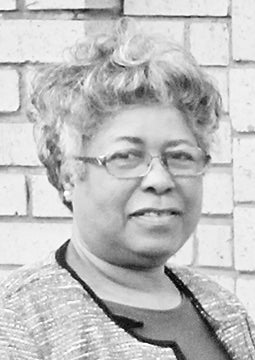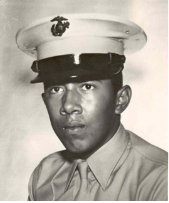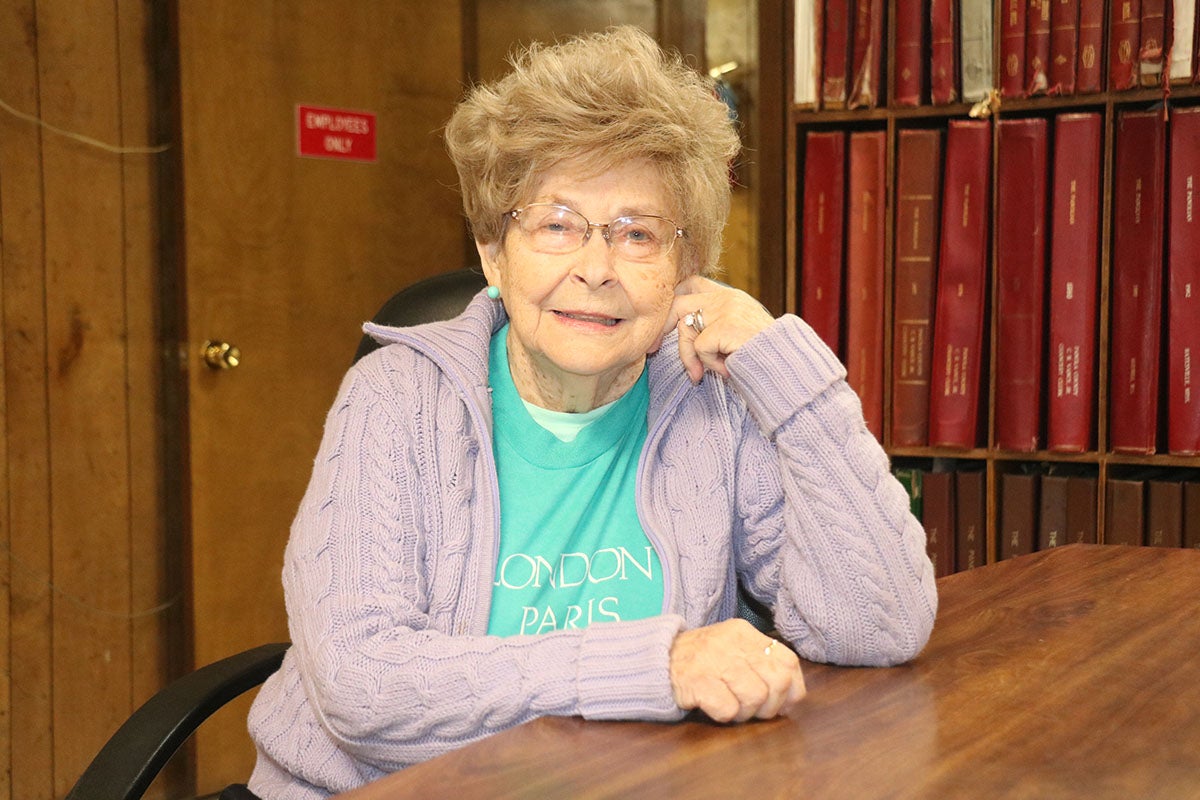John Howell Sr. editorial 4/21/2015
Published 12:00 am Wednesday, April 22, 2015

It was by far a more light-hearted duty that Marie pulled last Saturday than she might have performed 100 years ago.
In 2015, the small steam locomotive pulled Batesville Scouts, their leaders, family and friends along its track in the Chapeltown Community.
In 1915, Marie was pulling men and war material to the front lines along the Western Front in Europe. Many young German soldiers would not make the return trip, their lives claimed in the bloody maw of the trench warfare of World War I.
Saturday’s event was Marie’s informal reintroduction to service following almost two years of limited use during which owner John Nelson III has refurbished major mechanical parts on her undercarriage. He last ran the two-foot-gauge locomotive on the Centennial of her 1913 manufacture.
She was completed just in time to see service during the Great War. After the war Marie was taken from Germany and given to Belgium as part of war reparations extracted from the losing side.
During the 1970s, the small steam locomotive was purchased by a collector and brought to the United States. Following the collector’s death, Nelson in 2004 brought the engine to the Chapeltown community where he had then completed just enough track for the engine to rest on as a crane hoisted it from a truck trailer and lowered her into her new home.
He’s been building track intermittently ever since, as time, energy and available rail permit. It now extends about 1,200 feet from the engine house which he has expanded and where he built the concrete inspection pit that allowed him to safely inspect and reach the undercarriage he has recently renewed.
Marie — she came with her name on a brass plate affixed to her side — combines Nelson’s interest in steam engines and history. One hundred years ago, similar steam engines were operating all through the woodlands of Panola County as well.
Though they were wider gauge, the steam locomotives of the Sardis and Delta Railroad operated by Carrier Lumber Company and the Batesville and Southwestern Railroad operated by Darnell Mills were very similar to their narrow gauge counterpart then operating near the Western Front.
As the mills tried to meet the demand for lumber from the Delta’s virgin hardwoods, track was laid hastily into the woods with only a minimum of rail bed. As soon as timber within proximity of one spur was cut, the rail would be pulled up and relocated along a new spur from the main line into more virgin woods.
Meanwhile in Europe, the narrow gauge railroads like Marie served as link between the war front and more permanent, wider gauge rail lines in the rear. The rails for the smaller engines could be more hurriedly laid and then relocated.
Nelson explains both the locomotive’s unique role in history and the mechanics of steam engines to those who will listen. The attention of young boys in such a setting is sometimes a moving target — some ask questions while their fellows are romping through the woods and hills alongside the track. Later it is those who were questioning who are romping and those who were romping who are questioning. It was a great day outdoors for young, old and in between.
Saturday’s Scout trip will prove to be a memorable day for most who were there. Years from now when those boys have children and grandchildren of their own, if they are like those of my generation who now view those milestones in the rear view mirror, they will ask themselves why they had not asked more questions when they had the opportunity.






